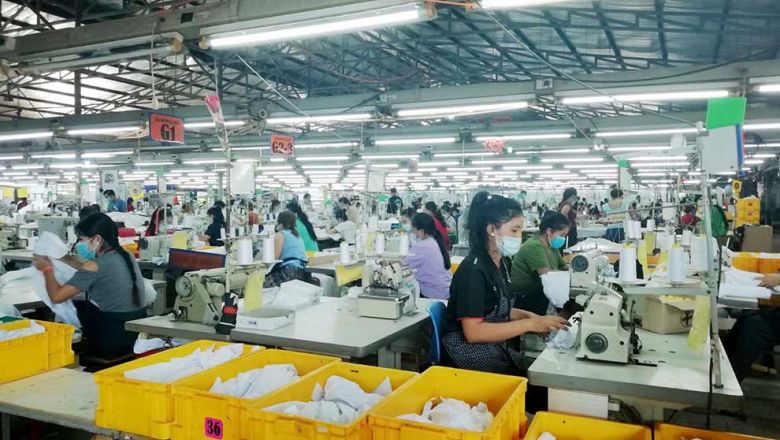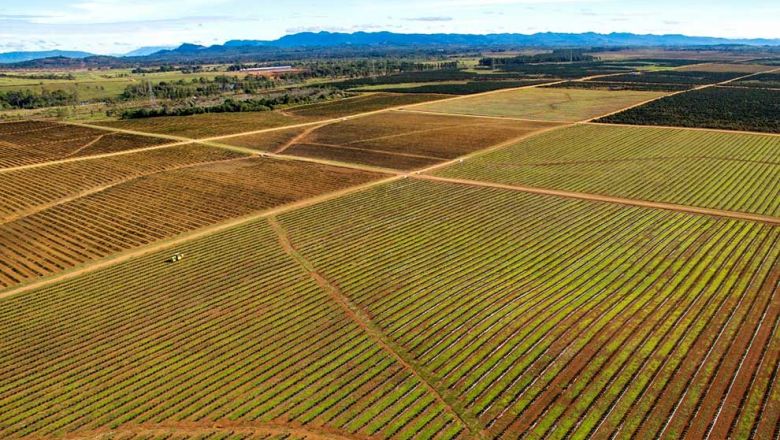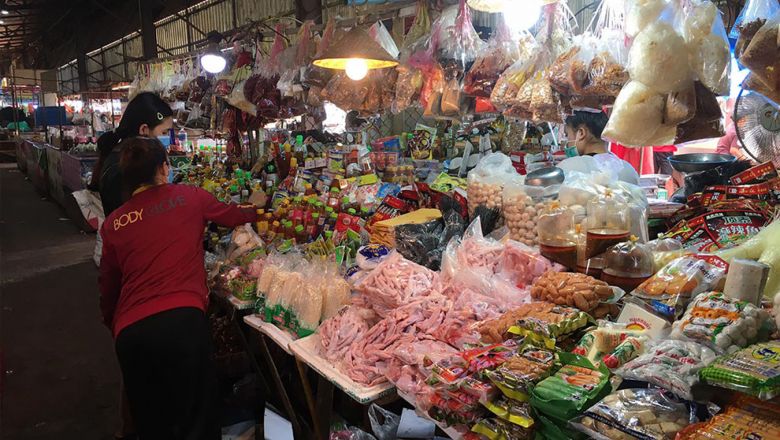High growth a positive but budget balance, borrowings on radar: IMF
High growth a positive but budget balance, borrowings on radar: IMF
Efforts by policymakers in Laos to help maintain an economic growth of around 7 percent over the past year, a rate surpassing that of much of the region, has been praised by the International Monetary Fund (IMF).
However, the IMF also expressed concerns about the nation’s declining levels of foreign currency reserves, a rising budget deficit and relatively high levels of public debt.
An IMF technical team paid a courtesy visit to Deputy Prime Minister and Minister of Finance Mr Somdy Duangdy in Vientiane last week to discuss the report about the potential scenarios and outlook of Lao economy looking ahead.
The IMF noted that the growth of Lao economy had continued to be driven by resources and mining sectors alongside the construction and commissioning of hydropower and other major power generation projects, particularly the Hongsa lignite power plant.
Meanwhile, construction is well underway for the almost-US$6 billion Lao-China railway project linking Vientiane to the Chinese border which is expected to serve as a boost to momentum in the economy, during both its construction phase and when it comes into service.
In addition, Laos was able to maintain inflation rate of an average 1.5 percent which was lower than the country’s economic growth rate.
The IMF is projected that the Lao economy will grow at 6.8 percent this year despite the challenges and complex changes occurring in the global economy.
Laos is a small, landlocked economy that has experienced rapid growth based on capital intensive investments in the energy sector, increasingly taking advantage of its location between its larger and more populous neighbours.
Progress has been made in achieving the Millennium Development Goals, but the rate of poverty remains relatively high.
According to IMF report in February, Laos’ growth model needs to become more inclusive, in particular by integrating the mainly rural, primarily agrarian population into more economically productive activities.
According to the report, Lao policymakers have successfully maintained macroeconomic stability by anchoring inflation to a stable exchange rate.
However, the Lao economy has accumulated vulnerabilities in the form of high public debt, a progressively overvalued real exchange rate and pockets of weakness in the banking sector.
With few buffers to address shocks, the Lao economy remains vulnerable to a rapid deterioration in the external environment, a sustained deterioration in the fiscal position, or a rapid reversal of foreign capital flows.
Over the medium-term the budget deficit is expected to improve gradually to about 5 percent of GDP as overall revenues recover and expenditure is contained.
The current account deficit is expected to widen slightly reflecting higher imports to support the construction of hydroelectric and railway projects, financed by private capital inflows, but is expected to narrow in 2021 as project-related imports fall and electricity exports come on line.
On the wider economic landscape, a sustained reversal in the momentum of fiscal consolidation driven largely by weak revenue growth would lead to further increases in the public debt ratio and a deterioration of the country’s external position, with potential flow on effects for investor confidence.
Meanwhile, Lao economists recommended that the country seek to change the structure of production towards value added manufacturing and services.
It is believed such aims require important reforms in the business environment as well as in the quality of education and training to bring the workforce into more productive employment.

















